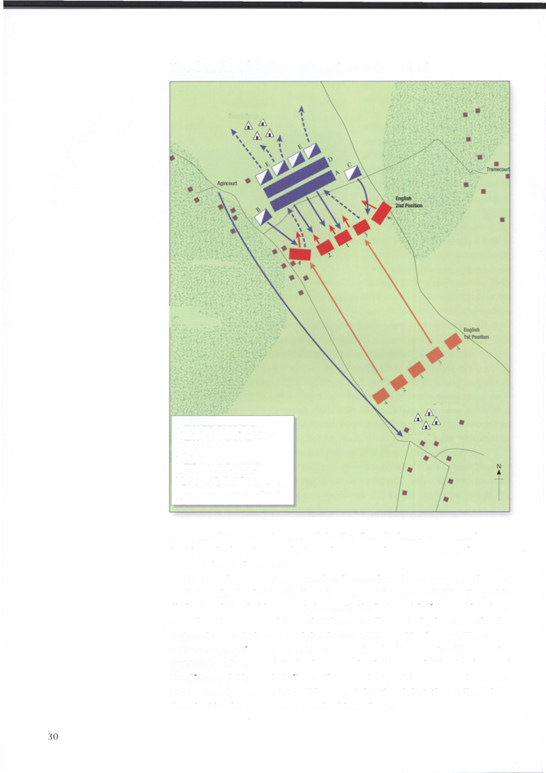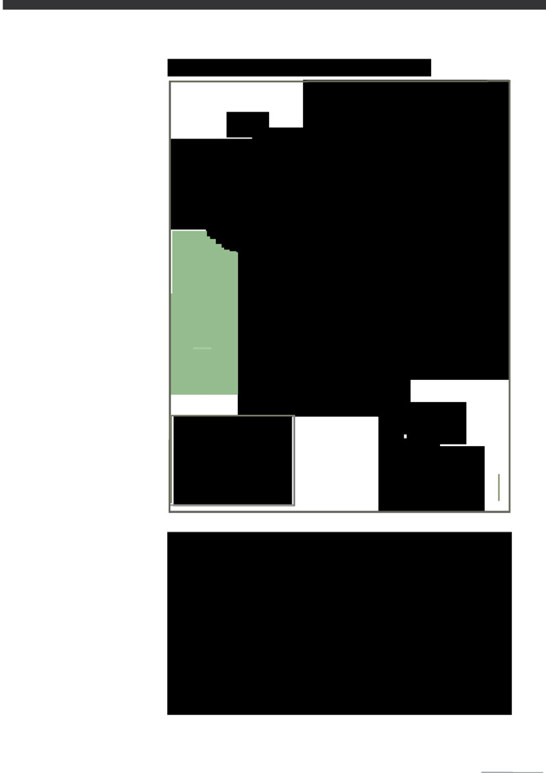Henry V: The Background, Strategies, Tactics and Battlefield Experiences of the Greatest Commanders of History Paperback (10 page)
Authors: Marcus Cowper
Tags: #Military History - Medieval

The village of
Bethencourt-sur-Somme
lies on the banks of the
river Somme and it was
here, and at Voyennes,
that Henry V and his
army forced a crossing
of the river early on the
morning of 19 October,
thus enabling him to
steal a march on the
French advance guard,
who were forced to follow
the loop of the Somme
via Peronne. (Hektor)
their ranks by such columns of horse, all the archers were to drive in their
stakes... so that the cavalry, when their charge had brought them close and in
sight of the stakes would either withdraw in great fear or, reckless of their own
safety, run the risk of having both horses and riders impaled.
By this point the main French army was probably on the move from Rouen,
reaching Amiens once the English forces had passed further to the south.
Henry had to make a bold decision in order to get his men across the
Somme, and decided to cut off a great loop of the river, heading directly
towards the village of Ham. This would enable him to get ahead of the
French shadowing force, which would be forced to follow the long loop of
the Somme along the north bank. On the 18th they reached the village
of Nesle, and, on the 19th, crossing points were discovered between the
hamlets of Voyennes and Bethencourt-sur-Somme.
The French had damaged the approaches to these crossings, but they were
intact enough to allow the English to cross cautiously, which the vanguard did
on the morning of the 19th under the command of Sir Gilbert Umfraville and
Sir John Cornwall. Although the French attempted to interfere with the
crossing, by the time they had reacted too large a force of English troops had
already crossed and the main army was over the river by late afternoon,
marching on to Athies where they made camp.
Although across the river, they were by no means out of danger and on the
20th heralds came from the French camp offering battle. Henry replied that he
intended to march his army to Calais, and that the Princes of France could find
him in the open fields. From this point on the army marched as if they might
27
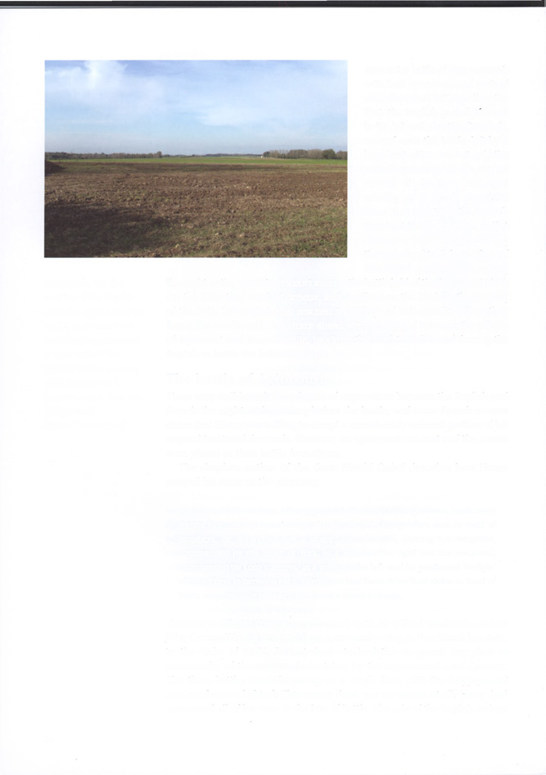
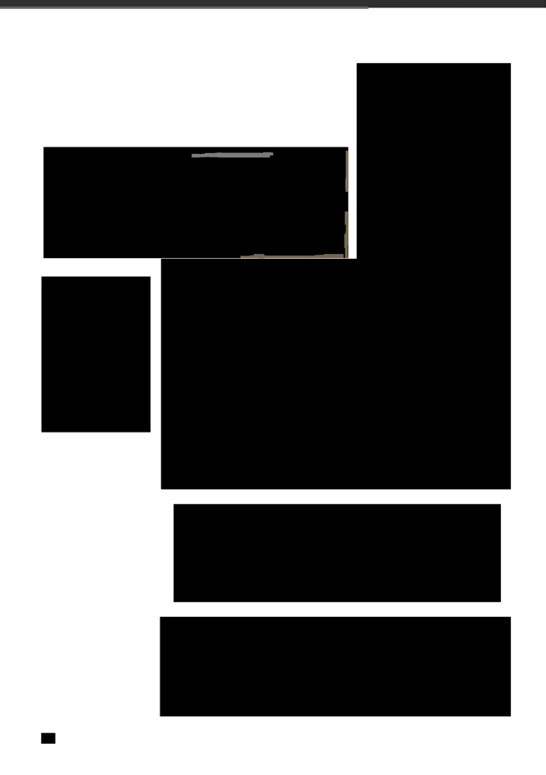
encounter battle at any moment,
with their armour on and coats of
arms displayed. Setting off on the
21st, the English passed Peronne
to the left and, shortly afterwards,
crossed over the tracks left by a
large host - this was certainly the
main French army which, having
arrived at Amiens, was now
moving on towards Bapaume.
From this point on the French
could cut the English army off at
any point they wanted, blocking
the main road to Calais with ease.
The English pressed on, spending
Maisoncelle was the
the night in the Mametz-Fricourt area on the battlefield of the Somme of 1916.
location of the English
On the 22nd they reached Acheux, and Doullens on the 23rd. By the evening
camp the night before the
of the 24th the English had reached the village of Maisoncelle, where they
battle, and it was from
found the combined French force ahead of them camped between the villages
here that they advanced
of Agincourt and Rousseauville, blocking the road to Calais and forcing the
to take up their first
English to battle the following day.
position on the morning
of 25 October 1415.
The battle of Agincourt
The view here is from the
There may well have been a degree of negotiation between the English and
village itself.
French the night and morning before the battle, and some French sources
(Author's collection)
claim that Henry was willing to accept a considerably reduced portion of his
original territorial demands. However, no agreement was met and the armies
were placed in their battle formations.
The chaplain author of the
Gesta Henrici Quinti
describes how Henry
arrayed his army in the morning:
And meanwhile our king, offering praises to God and hearing masses, made ready
for the field, which was at no great distance from his quarters, and, in want of
numbers, he drew up only a single line of battle, placing his vanguard,
commanded by the Duke of York, as a wing on the right and the rearguard,
commanded by Lord Camoys, as a wing on the left; and he positioned 'wedges'
of his archers in between each 'battle' and had them drive their stakes in front of
them, as previously arranged in case of a cavalry charge.
This was in effect a change in command, with Sir Gilbert Umfraville and Sir
John Cornwall being removed from command owing, as the chroniclers state,
to the Duke of York's fervent desire to lead the vanguard. His place as
commander of the rearguard was taken by the experienced Lord Camoys.
The three battles were drawn up in a single line, with the baggage and
non-combatants behind. This meant there was no reserve at all; Henry had
committed all of his men to the line of battle. The role of the English archers
28

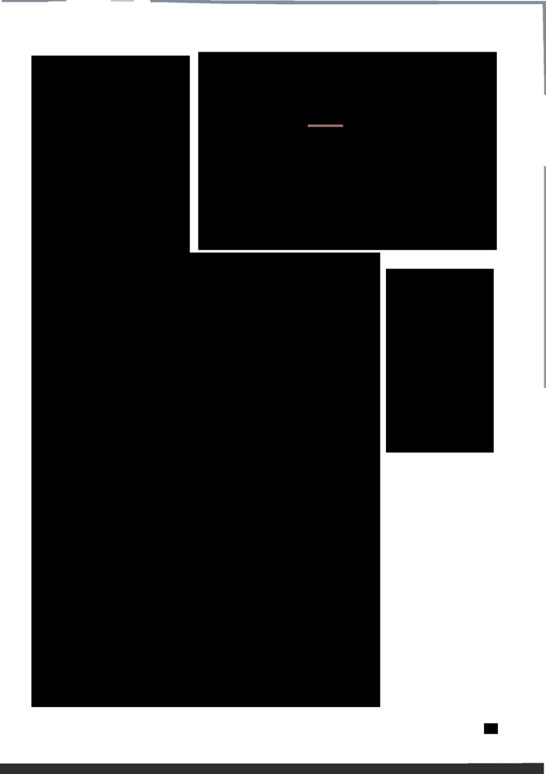
in the battle has caused some
controversy over the years. The
chronicle written by the chaplain
quoted above states that they were
deployed as wedges between the
three divisions of men-at-arms.
However, some historians, notably
Jim Bradbury (
The Medieval Archer
Boydell & Brewer: Woodbridge,
1985), have claimed that this
would have been a most unusual
deployment for the era, and
would have weakened the line of
men-at-arms considerably. Instead
they suggest that the archers were
deployed on the flanks, behind their line of stakes, enabling them to provide The battlefield at
a flanking fire on the French forces while at the same time leaving the line of Agincourt is well
men-at-arms unbroken.
commemorated by a
For the French there survives a battle plan devised to deal with the English museum in the village threat; although it was only applicable to the smaller advanced force under itself and memorials
the command of Marshal Boucicaut and Constable d'Albret it does highlight and a Calvary on the field.
many of the tactics used by the French in the actual battle itself. They intended These models of archers to use two divisions of mounted troops to the flanks and rear of the army to line the road from
encircle and neutralize the English archers, and to attack the baggage train and Agincourt to Tramecourt, rear of the English army, while the main body of men-at-arms was to advance which runs just in front in the centre, protected to the flanks by crossbowmen and other missile troops of where the French front that were available.
line would have been.
The actual formation adopted by the French on the day of the battle is (Author's collection)
strikingly similar, with the three central battles of men-at-arms lined up one
in front of each other. The first two consisted of dismounted men-at-arms
while the third was mounted. Two further units of mounted troops were
mounted on the flanks, while French crossbowmen and other missile troops
appear to have played little part in the battle. While the basic formation of the
French forces appears to be clear, the numbers involved are to a large extent
uncertain. The French certainly outnumbered the English, but to what extent
is debatable. A recent study by Anne Curry (
Agincourt: A New History
Tempus:
Stroud, 2006) argues that the numbers involved are much closer than previous
historians have claimed, and that the French forces may have only totalled
12,000 compared to an English figure of 9,000. The various English and
French chronicles give any figure from 8,000 to 150,000, with the total of
60,000 occurring frequently. The Burgundian chronicler Enguerran Monstrelet
breaks down the French army in some detail, with 13,500 men in the first
battle, a similar number in the main battle and the rest in the third, excepting
two forces of 800 and 1,600 cavalry on the flanks, giving a grand total for the
French of between 35,000 and 40,000. While the numbers may be uncertain,
what is clear is that the English forces had a preponderance of archers
29
